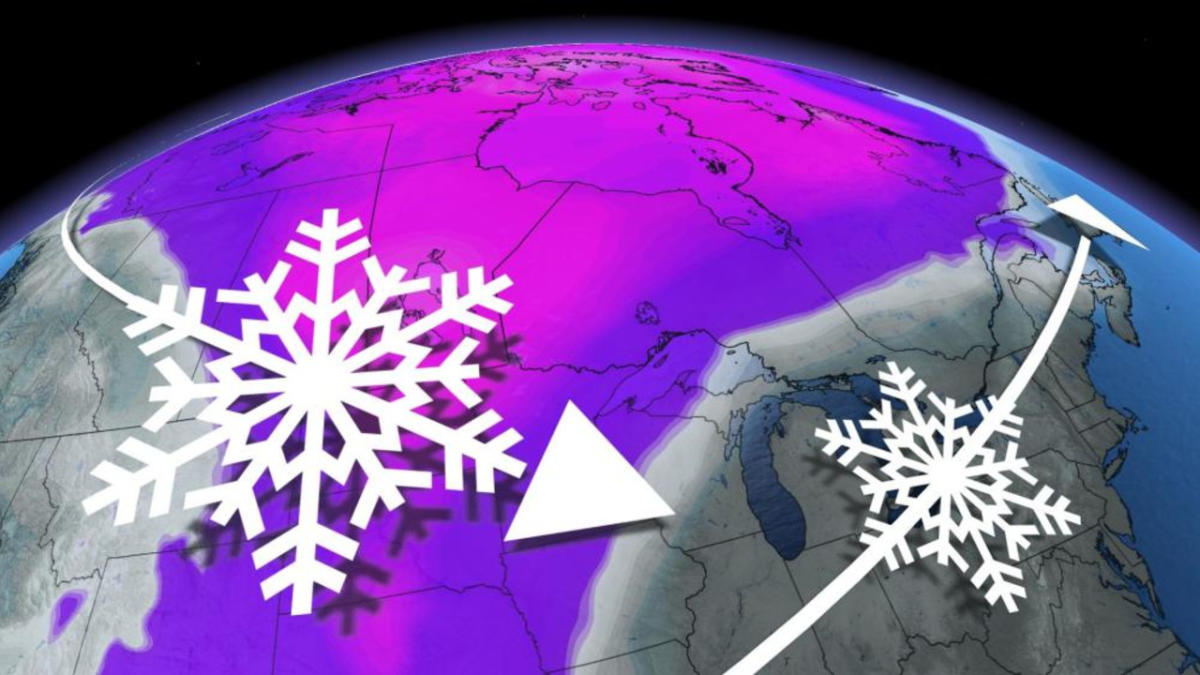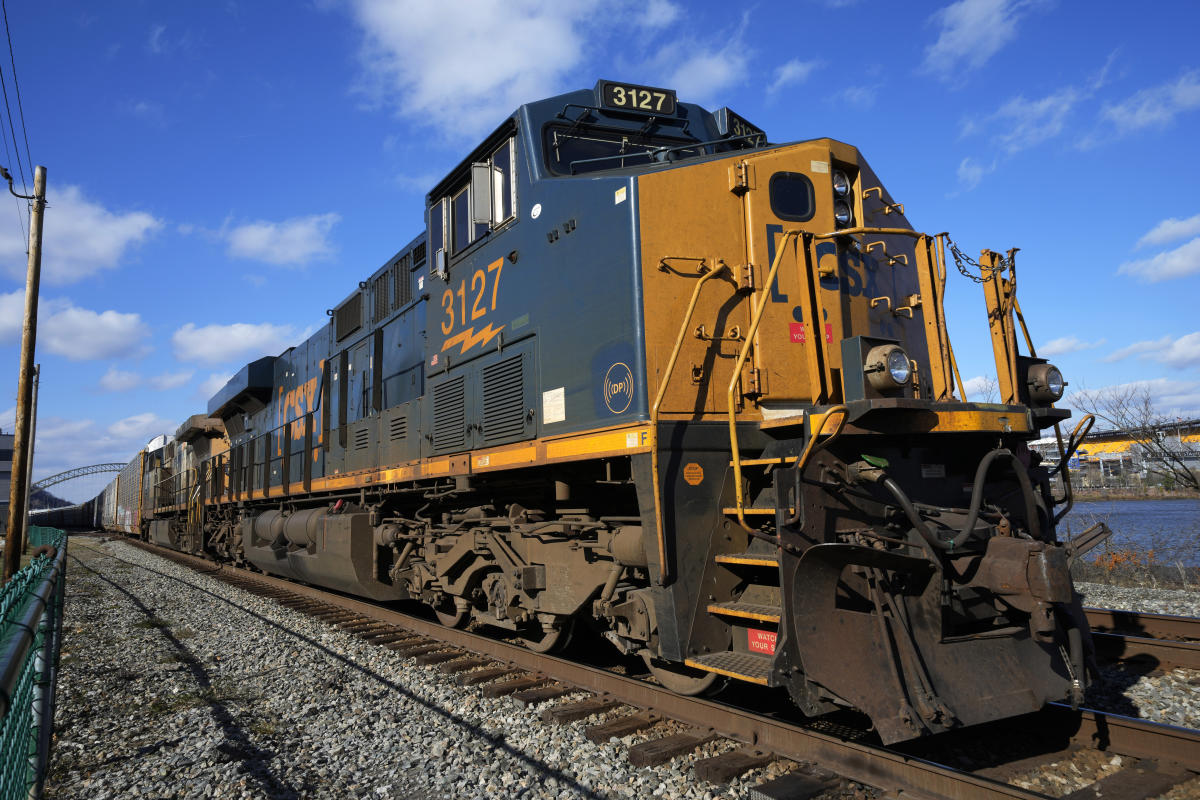“Preparing for the Snowiest Months: A Look at Canada’s Colder Regions”
It may be mild, but these parts of Canada are in for the snowiest months
We’re driving through the meteorological winter, which lasts from December to February, but are we out of the wintry forest yet?
Regarding snow, no. When you can put away your shovels and snowplows depends on where in Canada you live. As many may be looking forward to hanging up their snowsuits and putting away their shovels, it’s time to discuss why you’re staying with that anticipation for a while.
Snowfall levels peak at different times of the year across the country as temperatures rise and certain storm tracks mature. Some locations are actually too cold to have significant amounts of snow in winter, so warmer ambient air temperature helps increase snowfall late or even early in the season.
Seasonal snowfall graph 2022-2023 February
Below is the tweet that started this discussion, showing the snowiest months for regions across North America using data from our most recent climate period.
For simplicity and brevity, we’ll divide this discussion into Eastern, Western, and Northern Canada.
EASTERN CANADA
Snowfall control in eastern Canada February 2023
The Atlantic Ocean brings cold water from the Arctic along the Canadian coast and reaches its minimum temperatures later in the winter season. This means that the Nor’easter, with which residents of Atlantic Canada are well acquainted, can still provide significant rainfall well into February. As such, some locations in Atlantic Canada will receive their highest snowfall in February, with even Cartwright, Labrador peaking in March.
ALSO SEE: Salt, Sand, and Beets: What’s the Best Deicing Method?
The peak months of snowfall for Ontario and Quebec are December and January. However, that doesn’t mean that February and March can’t deliver significant snowfall.
Increased ice cover during typical years reduces lake-effect snow production by reducing the amount of moisture available, causing snowier storm tracks to advance into New England instead.
For those reading this in eastern Canada, keep in mind that snow shoveling isn’t over yet, as about 40 percent of your seasonal snowfall is still awaiting delivery.
WESTERN CANADA
British Columbia generally accumulates its heaviest snowfall in December or January. Along the coast, temperatures rise rapidly in March, mitigating coastal snowfall with an onshore Pacific current bringing rain back to the region in time for spring.
Snowfall control in western Canada in February 2023
While Victoria counts flowers, Alberta is on the other side of the Rocky Mountains in a whole different world. Many weather stations record peak snowfall in March, and several stations in Saskatchewan follow suit.
Calgary, which has already seen a significant amount of snowfall this season, has more snow to look forward to as nearly half of the city’s seasonal snowfall is yet to come.
RELATED: It’s Not One Season For All: How Canada’s Winter Weather Varies
NORTH CANADA
While most of Canada basks in the late summer warmth, northern Canada often gets blanketed during the snowiest months – September and October. This may seem counterintuitive as many mistake the north for a cold and snowy tundra, but in reality essentially north of the 60th parallel it is quickly becoming too cold to snow.
Check out the video above for more details and information on Canada’s snowfall from weather forecaster Tyler Hamilton of The Weather Network.
Don’t miss interesting posts on Famousbio










